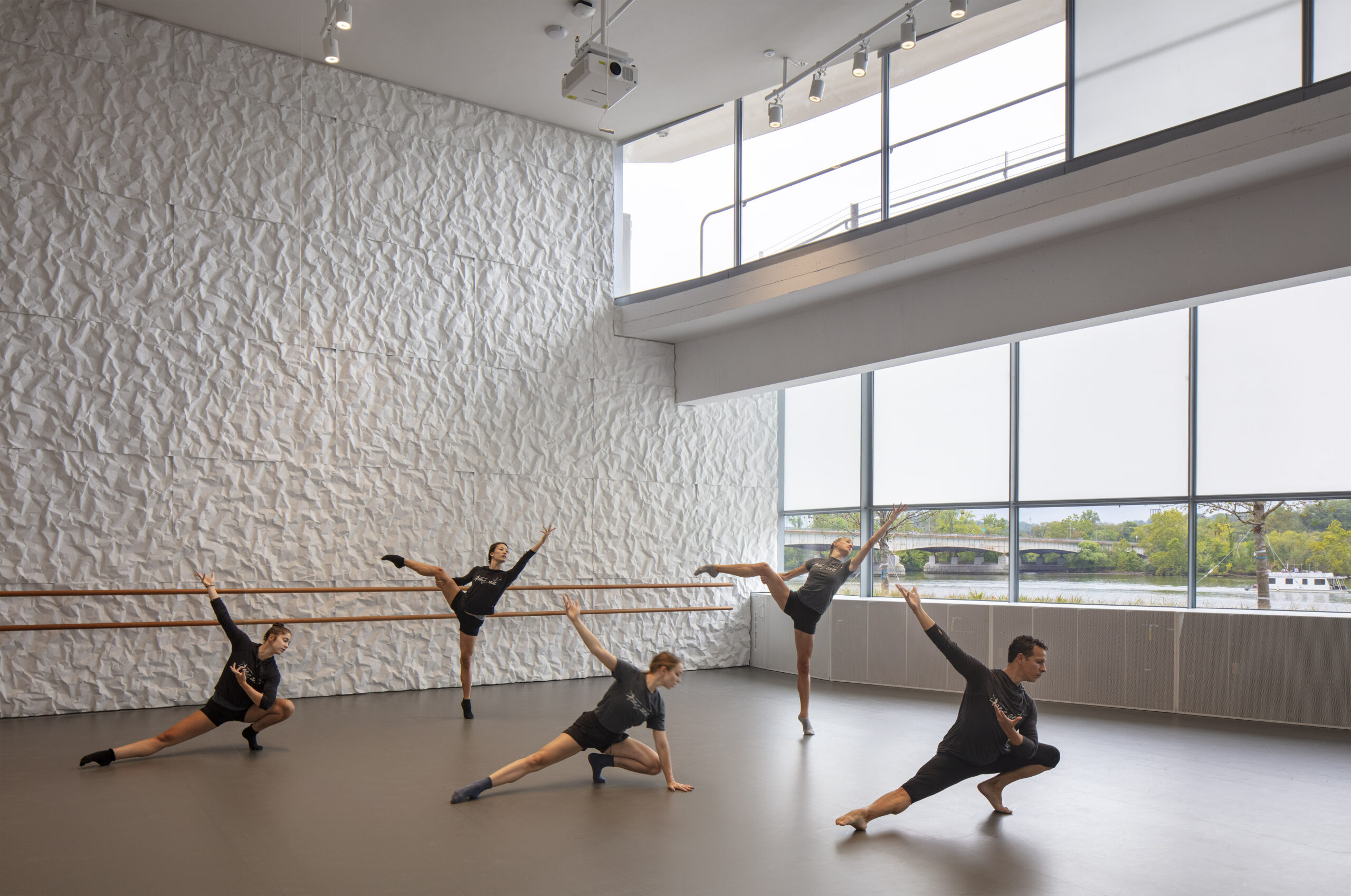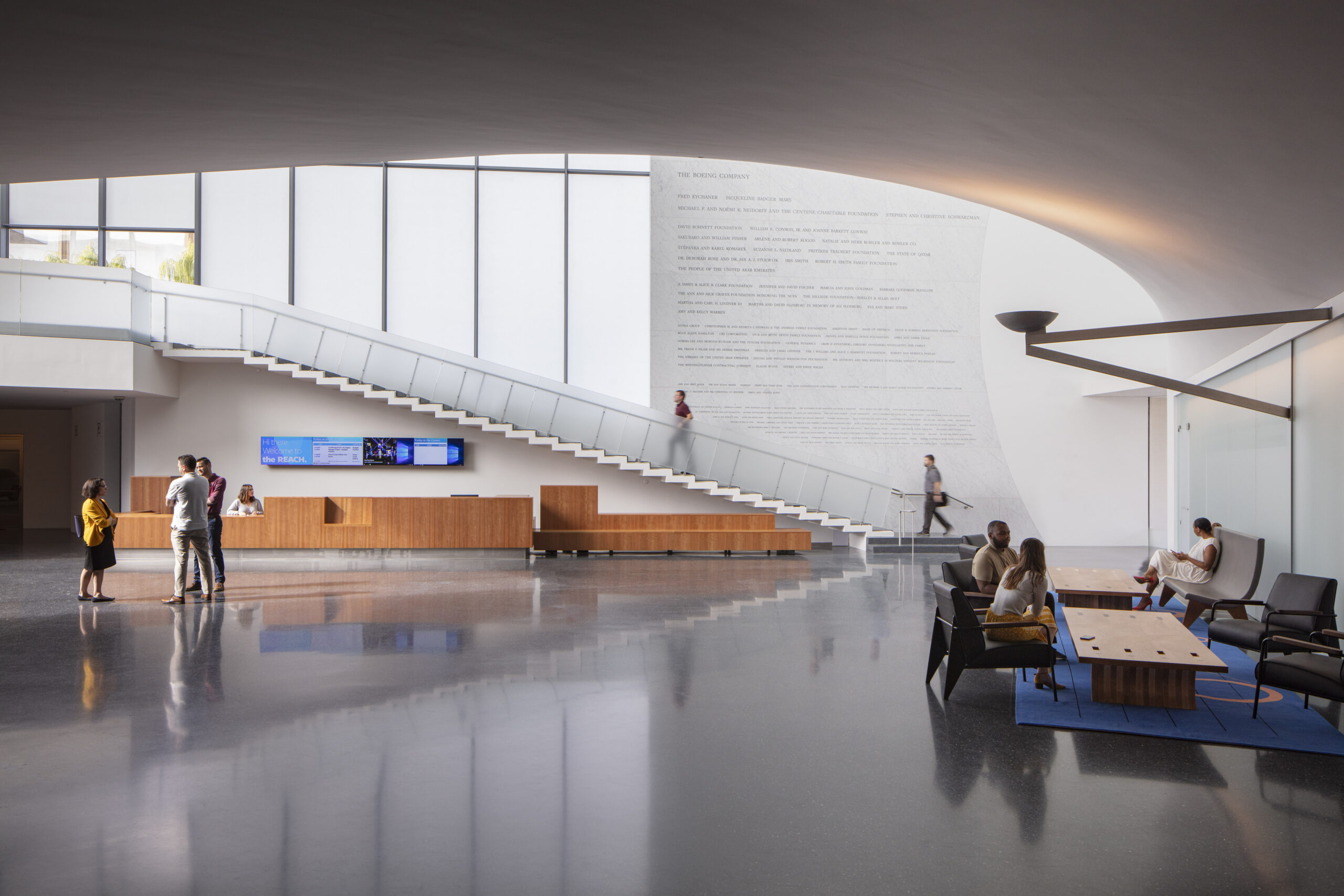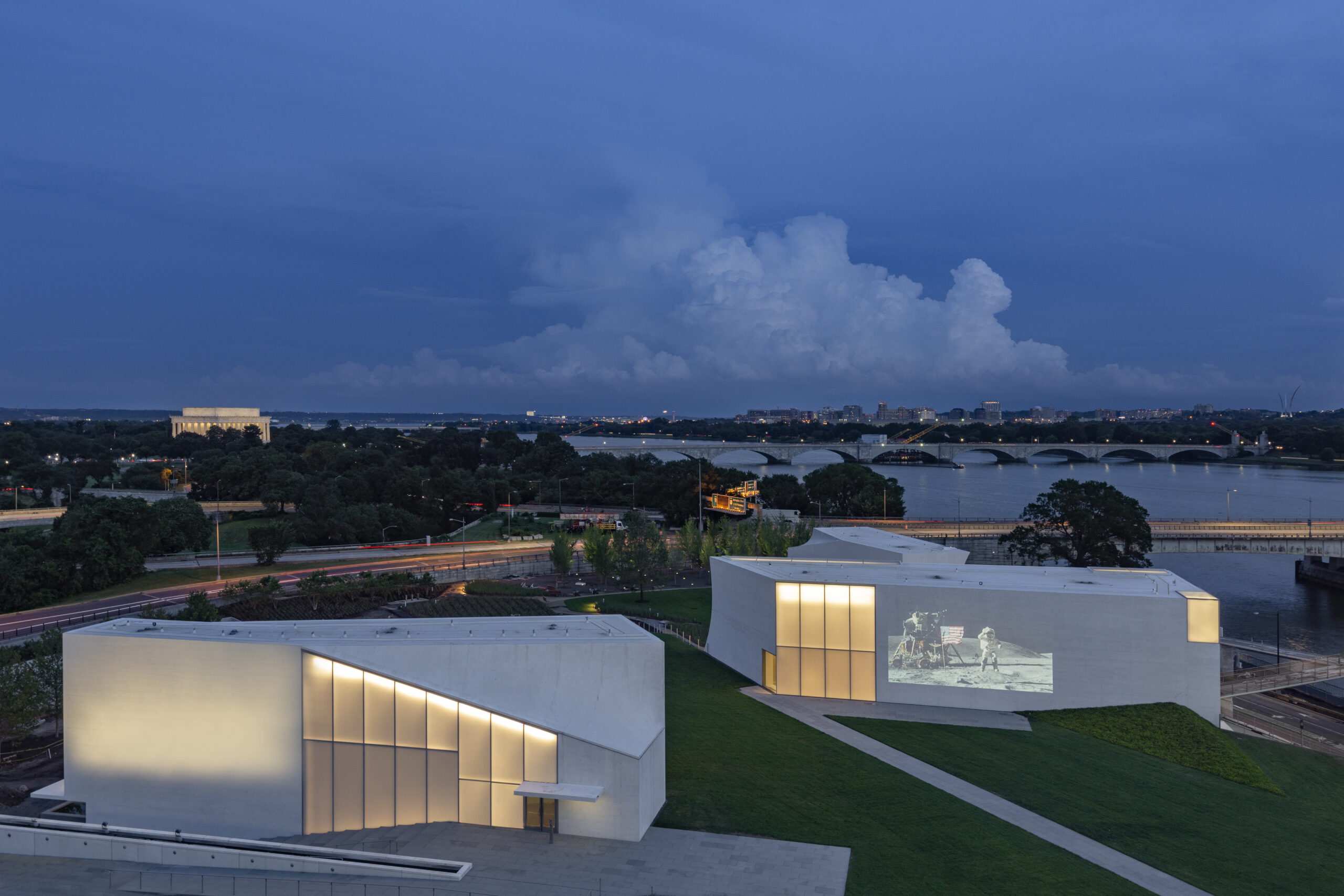“When the Kennedy Center set out to create a 21st-century expansion of its iconic performing arts venue, design presented both a challenge and an opportunity. The new complex would complement the existing, grand building and house new and approachable spaces to accommodate a diverse community.
‘People want places to gather. With the REACH, we’re creating new opportunities for visitors of all ages and interests to engage with the nation’s cultural center’, said Ellery Brown, senior vice president of operations for the Kennedy Center.
This was the guiding principle behind the development of the REACH, designed by renowned architect Steven Holl as a complement to the original Kennedy Center (which was designed by another famed architect, Edward Durell Stone.) The expansion will be more than just avenue; when it opens in September, it will offer opportunities for artists and visitors to gather and feel part of the creative process. Together with the original building, its expansive grounds will let visitors curate their own experiences and expand what’s possible at the Kennedy Center, whether that means taking a creative workshop, watching artists rehearse or relaxing outdoors after a world-class performance.
Walking into the REACH feels at once awe-inspiring and accessible. There are soaring ceilings, dramatic angles and light pouring in through large windows. But the open layout isn’t overwhelming—it offers a comforting sense of the spaces within.
Many of the features inside the REACH offer opportunities for enrichment, as well; cozy alcoves nestled in the building’s curved corridors allow for post-show discussions, and windowed rehearsal studios invite visitors to peek into the creative process.
The space’s design makes it possible for visitors to interact with artists, and also allows them to quietly take in nature and the building’s incredible architecture.
‘That’s what we’re excited about,’ Brown said. ‘[The REACH] carefully translates the grandeur of the 20th century into a more active, personal space for the 21st century.’
While arts education has always been central to the Kennedy Center’s mission, the REACH now brings learning out into the open in collaborative settings. The floor-to-ceiling windows of the Moonshot Studio, for instance, give passersby a glimpse of students and summer campers at work. They might be learning about the science of sound after attending a National Symphony Orchestra performance, or they could be talking directly with resident artists in the halls.
And as a public space that’s free to visit year-round, the design benefits of the REACH extend to those who may not have a ticket to attend a show, too; the building’s outdoor video wall offers a gathering space to watch movies as well as performances happening live inside the building. The River Pavilion and café offer space for free open mic nights and casual performances. And public art, open lawns and quiet alcoves give visitors a reason to stop by simply to experience the space.
By fostering relaxed, sociable experiences for visitors, the REACH is speaking directly to what many people want to get out of a performing arts center in this day and age.
Whether visitors are searching for a classic, velvet-seated show or relaxed night watching the sunset and a film on the Center’s video wall, with the addition of the REACH, there’s something for everyone at the Kennedy Center.
‘The design of the REACH will allow so many new and different ways to connect audiences with the artistic experience,’ Brown said. ‘We’re not actually building a theater; we’re building a creative commons.’”
– WP BrandStudio
Read the full article at The Washington Post.
Photos © Richard Barnes


